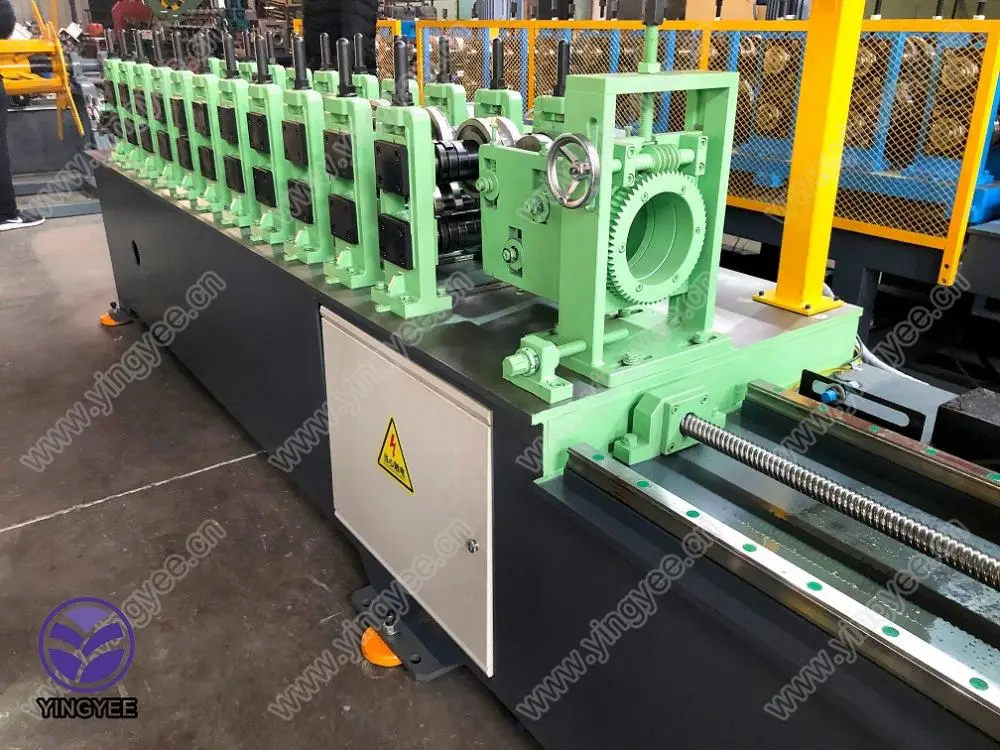
Understanding Tube Mill Machines A Key Player in Pipe Production
In the world of manufacturing, tube mill machines play an essential role in producing various types of tubes, pipes, and hollow sections. These machines are integral to industries such as construction, automotive, and energy, where precision and efficiency are paramount. This article delves into the functionality, components, and significance of tube mill machines, emphasizing their contribution to modern manufacturing processes.
What is a Tube Mill Machine?
A tube mill machine is a specialized piece of equipment designed to produce welded or seamless tubes from flat steel strips or coils. The process begins with feeding flat steel into the machine, which then strategically forms and welds the material into a tubular shape. The manufacture of tubes can vary in dimensions, thickness, and material, making tube mill machines incredibly versatile.
The Working Principle
The operation of a tube mill machine can be broken down into several key stages
1. Uncoiling The process begins with the uncoiling of flat steel strips, which are typically made from mild steel or stainless steel. The strips are placed into the machine, ready to be transformed.
2. Forming As the strip passes through various rollers, it is gradually shaped into a round or square profile. The precise alignment of rollers is crucial here, as it ensures consistent tube dimensions.
3. Welding Once the strip is formed into a tubular shape, it's time for the welding process. Depending on the specific design of the tube mill, this can be accomplished using methods such as high-frequency induction welding or submerged arc welding. The choice of welding method depends largely on the tube’s intended application and material.
4. Cooling and Sizing After welding, the newly formed tube is cooled and then passed through sizing sections that ensure the end product has the precise diameter and wall thickness required.

6. Inspection and Quality Control Finally, the finished tubes undergo rigorous inspection to ensure they meet quality standards, including checks for dimensions, weld integrity, and surface finish.
Key Components of Tube Mill Machines
Essential components of a tube mill machine include
- Uncoiler This component holds the steel coil, allowing for smooth feeding into the machine. - Forming Roller Stations A series of rollers designed for shaping the steel strip into its final form. - Welding Unit The mechanism responsible for joining the edges of the tube together. - Sizing Machine This ensures that the newly formed tube meets specified diameters and tolerances. - Cutting Machine Positioned at the end of the line to cut the tubes into designated lengths.
Importance of Tube Mill Machines
The significance of tube mill machines cannot be overstated. They have revolutionized the production of tubes by increasing efficiency and reducing production costs. In sectors where strength and reliability are critical, such as oil and gas, automotive, and construction, the ability to produce high-quality welded tubes quickly and in large quantities is essential.
Moreover, advancements in technology have led to the development of more automated and sophisticated tube mill machines. These innovations enhance productivity, minimize waste, and allow for greater customization in tube specifications. As industries continue to evolve, tube mill machines will remain an indispensable part of the supply chain.
Conclusion
In conclusion, tube mill machines are vital in producing tubes and pipes that serve a multitude of applications across various industries. Understanding their operation and components helps appreciate their role in modern manufacturing. As technology advances, the efficiency and versatility of tube mill machines will only improve, highlighting their importance in meeting the needs of a dynamic industrial landscape. Whether it’s for construction, automotive, or energy applications, tube mill machines are at the forefront of manufacturing innovation.